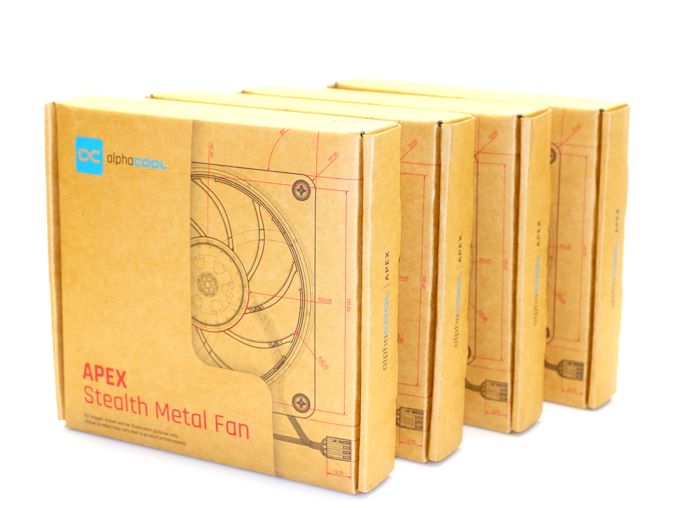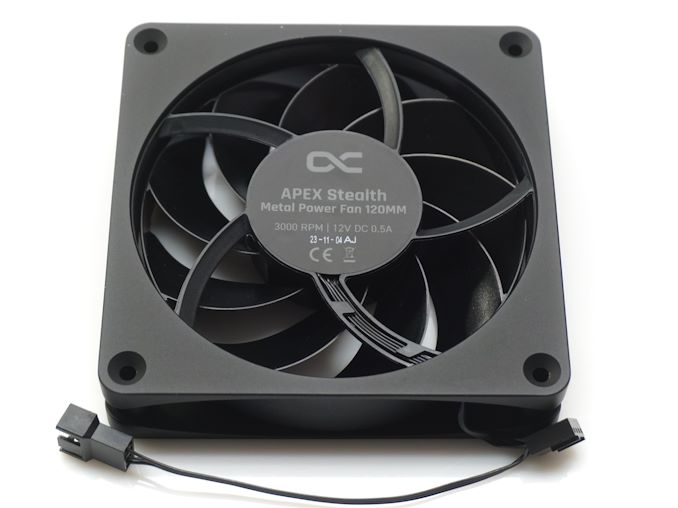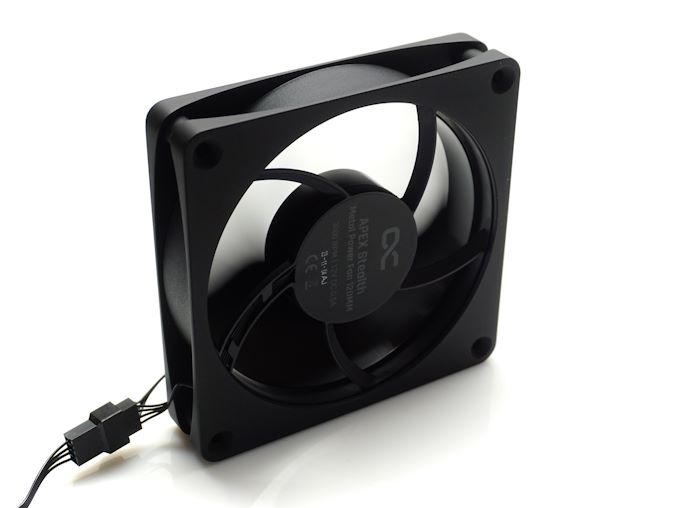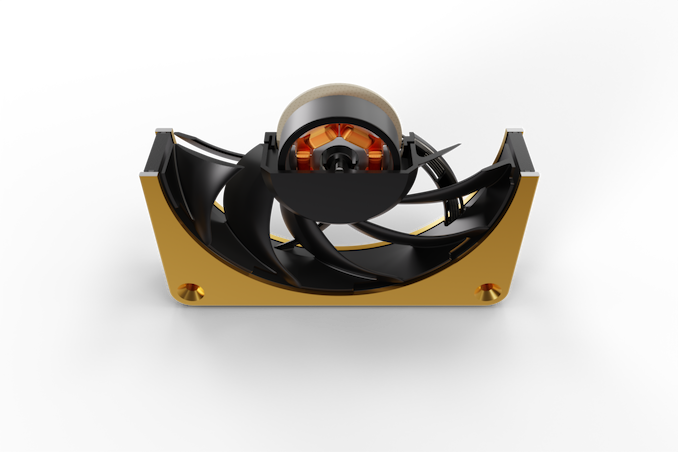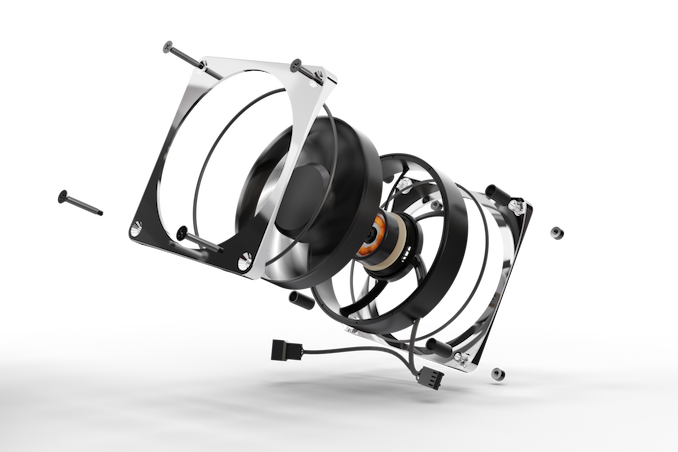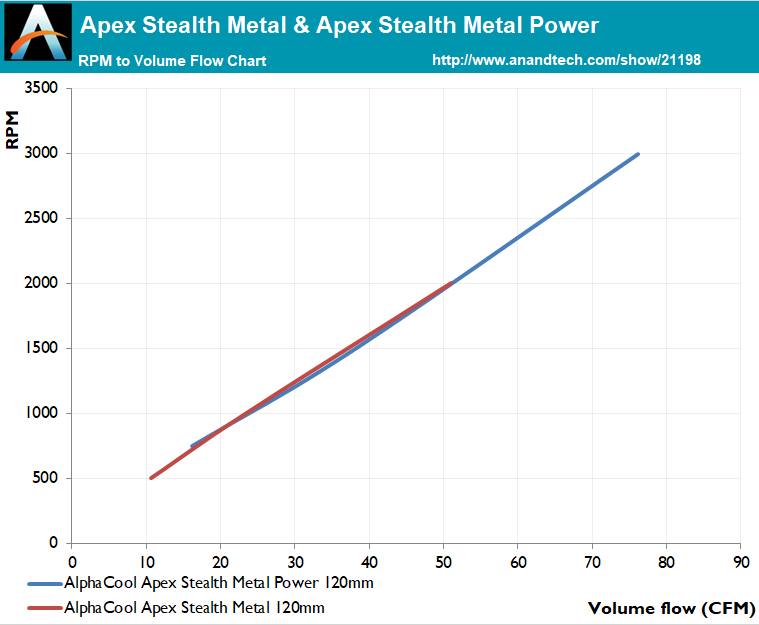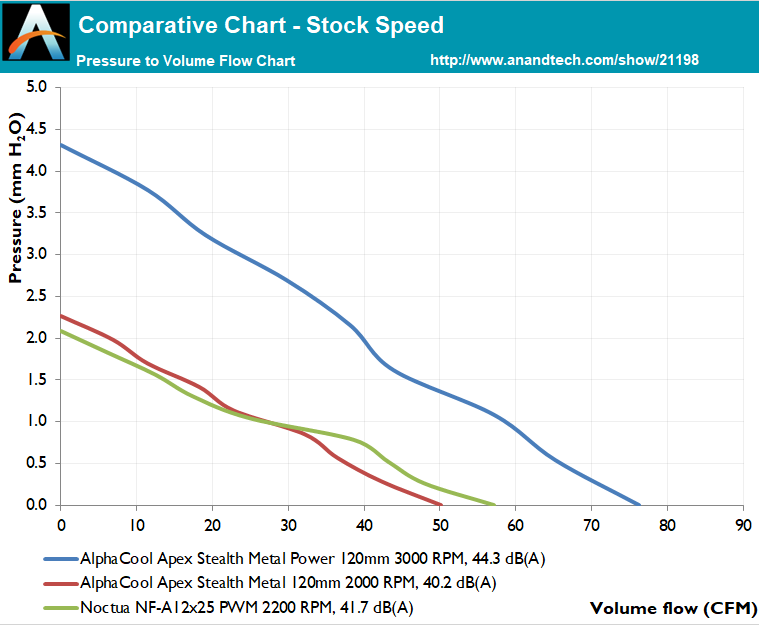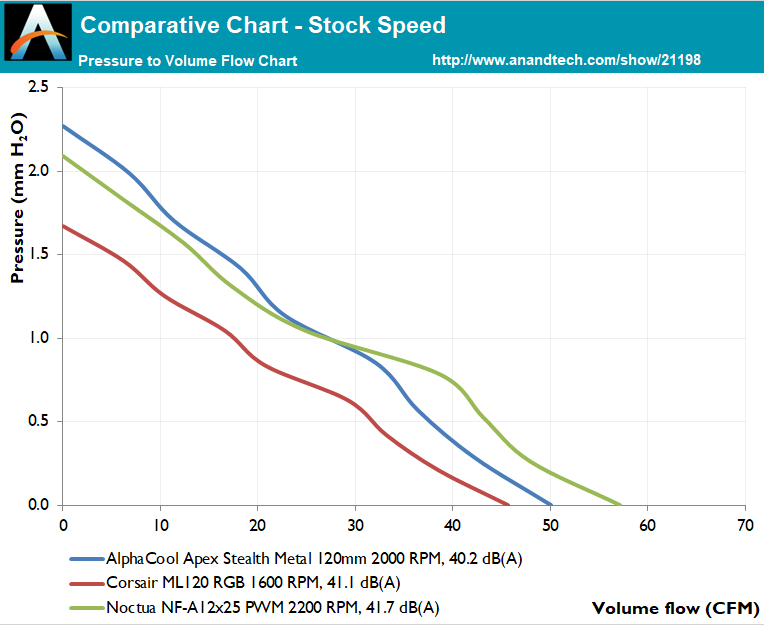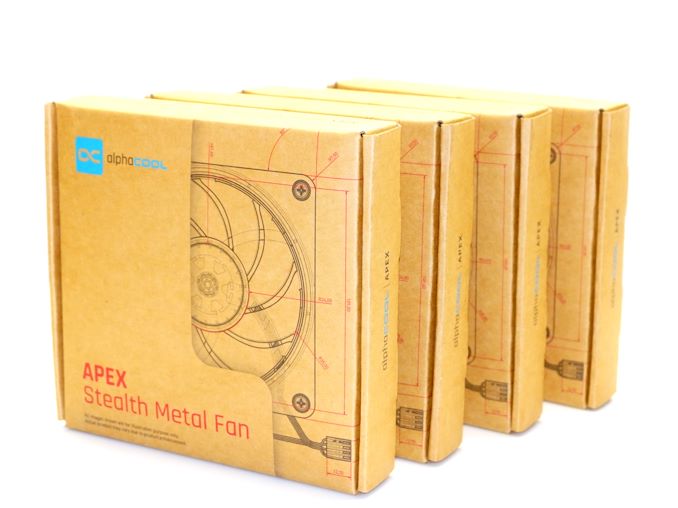
Alphacool, a renowned name in the realm of PC cooling solutions, recently launched their Apex Stealth Metal series of cooling fans. Prior to their launch, the new fans had amassed a significant amount of hype in the PC community, in part because of the unfortunate misconception that the entire fan would be made out of metal.
Regardless of whether they’re made entirely out of metal or not, however, these fans are notable for their unique construction, combining a metallic frame with plastic parts that are decoupled from the metal. This design choice not only contributes to the fan’s aesthetic appeal but also plays a role in its operational efficiency.
The series includes two distinct models, the Apex Stealth Metal 120 mm and the Apex Stealth Metal Power 120 mm, distinguished primarily by their maximum rotational speeds. The former reaches up to 2000 RPM, while the latter, designed for more demanding applications, can achieve a remarkable 3000 RPM. Available in four color options – White, Matte Black, Chrome, and Gold – these fans offer a blend of style and functionality, making them a versatile choice for various PC builds.
AlphaCool supplies each fan in cardboard packaging that includes high-quality screws, an extension power cable, and a small soft cleaning cloth. The cleaning cloth might appear redundant but it is handy with the Chrome and Gold versions of the fans, as even the slightest touch leaves a striking fingerprint on the frames. The extension wire is also a necessity because the cables of the fans are very short, featuring both a male and a female connector. This allows multiple fans to be connected in parallel to each other (daisy-chain) and only one extension wire can be used to power the entire group – however, users need to pay attention to the maximum amperage the power source can handle, otherwise they risk damaging the motherboard/fan controller. Typical performance/gaming motherboards can power three Apex Stealth Metal fans from a single header without issues.
AlphaCool went with Hydro-Dynamic Bearing (HDB) engines, which are known for their durability and quiet operation. They are not the best kind of fan engine configuration but, for performance fans, HDB configurations are cost-effective. Moreover, the inclusion of wide PWM (Pulse-Width Modulation) control adds a layer of flexibility, allowing users to adjust the fan speed as needed. Notably, these fans are capable of stopping entirely if paired with a PWM controller that supports a zero-RPM mode, a feature that could be particularly useful in low-heat scenarios or when seeking to minimize noise.
Looking at the bigger picture, the inevitable question will be: “why isn’t the entire fan made out of metal?” The short answer is that making the moving parts of a fan out of metal would cause a myriad of engineering and safety issues. Not to mention it would drive a significant increase in power requirements and energy consumption due to the greater mass of metal, all for no meaningful performance gains. On the other hand, using plastic for the blades and hub of the fans while using metal for the frame itself offers the best balance between the material types, improving the fan in areas where the metal can be a benefit, rather than a detriment.
Fan Testing Methodology
We are testing fans using an Extech HD350 differential manometer, an Extech AN200 velocity meter, and a custom 3D-printed apparatus designed for this specific purpose. The apparatus features a simple but effective shutter mechanism that allows us to test the unobstructed (maximum) volume flow of a fan, the fully obstructed (maximum static) pressure of the fan, and multiple points in between, allowing us to compose the actual P-Q performance chart of any fan. The RPM reading is taken with the fan unobstructed (maximum flow), as the fan speed varies depending on the airflow impedance in conjunction with the design of the fan’s blades.
For noise measurements, we are using an Extech HD600 high-sensitivity SPL meter. The noise of the fan is measured from 15 centimeters away, not one meter as IEC certifications require, as that would be far too great a distance to measure differences between nearly silent products. Note however that we are measuring the noise level of a fan with its flow unobstructed and the fan, to the best possible degree, uncoupled from the environment. The addition of fan grills, the installation on a cooler, and any other obstruction will increase the generated noise, as both aerodynamic and vibration noise will be added into the environment.
Test Results & Conclusion
From the above charts, we can see that both the 2000 RPM and the 3000 RPM versions of the Apex Stealth Metal fans perform as expected according to their official specifications. Both fans surpassed their specified maximum pressure and flow figures, even if only slightly. The P-Q curve is almost linear, suggesting a balanced design for good all-around performance, allowing the fans to be effectively used in any application. We should point out that the Apex Stealth Metal and Apex Stealth Metal Power are the exact same fan, with the only difference being their operational range. Having the Apex Stealth Metal Power running at 2000 RPM, it produces the exact same performance figures as the Apex Stealth Metal.
However, a jack-of-all-trades typically is a master of none, meaning that the Apex Stealth Metal fans would have a hard time competing with application-specific designs under particular scenarios. Noise figures are relatively low but would not impressively outperform any premium similar fan design. What we did notice is the lack of any vibrations being transferred to the fan’s frame, suggesting exceptional balancing and decoupling, which would result in a noticeable reduction in noise when the fans are attached to large bodies (mainly cases and radiators) compared to low-to-middle quality fans, especially those with ball-bearing engines.
From the above charts, we can see how the AlphaCool Apex Stealth Metal fans compare against competitive top-tier products. We deliberately chose Corsair’s MagLev ML120 and Noctua’s NF-A12x25 fans because they are commonly used on liquid and air coolers respectively. The Apex Stealth Metal Power greatly outperforms all due to its very high rotational speed, brute-forcing its way to the top of the chart. A wealth of information can be gained by studying the second chart, featuring the Apex Stealth Metal at its stock speed of 2000 RPM against the other two 120 mm fans. We can see that it offers overall performance similar to the NF-A12x25, being slightly better when the airflow resistance is high but losing when it is negligible, yet, at the same time, it also is measurably quieter. While the NF-A12x25 is not Noctua’s best 120 mm fan, besting one of their products is a feat all by itself. Corsair’s ML120 MagLev fan falls considerably behind due to its lower rotational speed, even though its noise output is in between the other two products.
The Apex Stealth Metal fans are products designed for the average consumer who wants passable performance regardless of the intended application, exceptional quality, and a unique aesthetic appearance. It has been over a decade since we last saw a fan with a metal frame, with the Apex Stealth Metal being the only fan with a metal frame from a reputable manufacturer that we’re aware to be available today. However, the retail price of the Apex Stealth Metal fans is quite high (€30/$29), significantly reducing the potential market to strictly those that want a specific aesthetic outcome and/or a very high-quality all-around fan.
Finally, from a purely practical point of view, the very wide PWM range actually makes the 2000 RPM version redundant. Unless there is a significant price difference between the two versions, it would be much more reasonable to purchase the 3000 RPM version and adjust its speed to match individual preferences while having the extra headroom, even if it currently is unnecessary.

